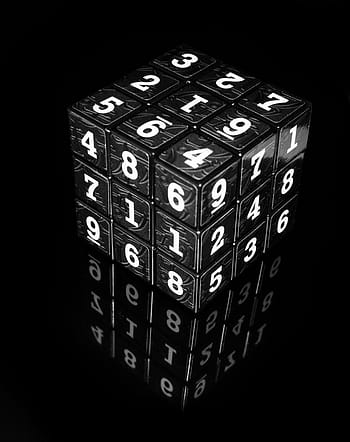By the end of this unit you should:

Read about sequence labeling and text classification fundamentals.
Tagging and categorization are fundamental NLP tasks that assign labels to text units. Part-of-speech tagging labels individual words with grammatical categories, while text categorization assigns documents to predefined classes. These tasks bridge linguistic analysis and machine learning.
Key concepts include:
Watch this introduction to POS tagging algorithms and evaluation.
This video (8 minutes) covers POS tag sets, rule-based and statistical tagging approaches, and how to evaluate tagger performance using accuracy and confusion matrices.
Experiment with different POS tagging approaches and compare results.
Use the tool below to see how different tagging algorithms perform on sample text. Compare rule-based, statistical, and neural approaches.
Watch how to build text classifiers using machine learning.
This video (8 minutes) demonstrates feature extraction, training classifiers (Naive Bayes, SVM), and evaluating performance on real datasets like movie reviews and news categorization.
Create and train your own text classification system.
Build a document classifier from scratch using different feature representations and machine learning algorithms. Experiment with bag-of-words, TF-IDF, and n-grams.
Add training documents with labels:
No training documents added yet.
Implement and evaluate named entity recognition systems.
Build NER systems to identify people, places, organizations, and other entities in text. Compare different approaches and evaluate performance.
Analyze classifier performance and identify improvement strategies.
Learn to evaluate tagging and classification systems using appropriate metrics, create confusion matrices, and perform error analysis to improve model performance.
Enter true and predicted labels (one per line, separated by comma):
Test your understanding of categorization and tagging:
1. What is the main difference between POS tagging and text classification?
2. Which algorithm is commonly used for sequence labeling?
3. What does precision measure in classification?